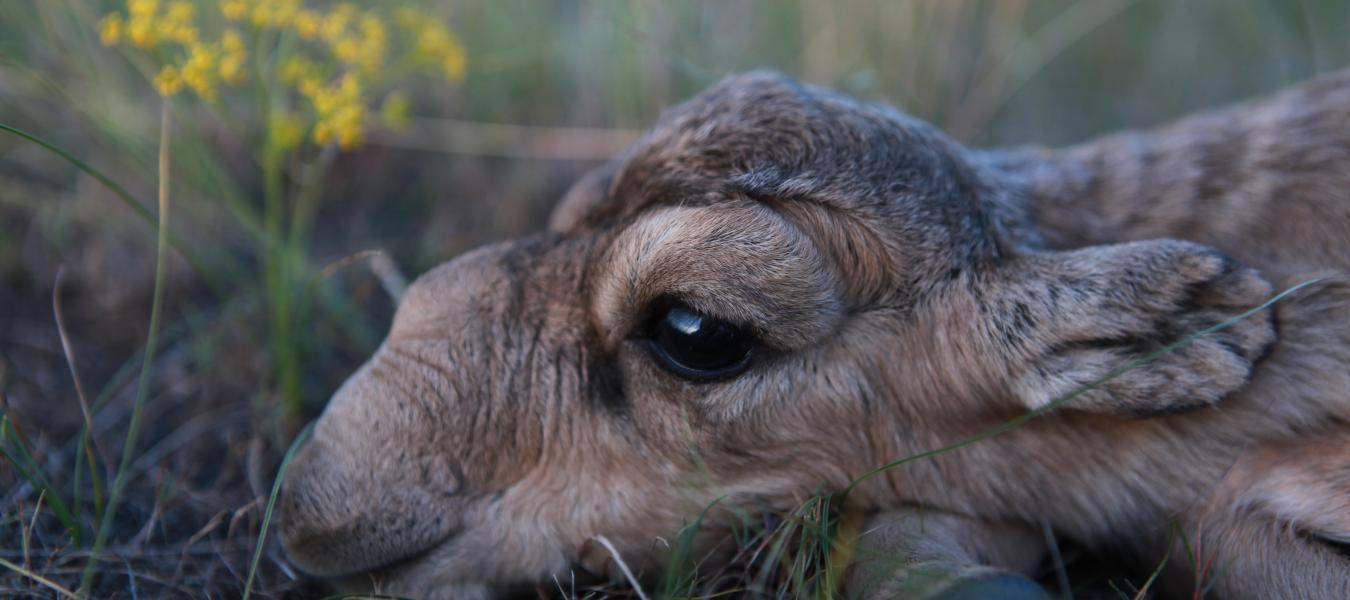Late Pleistocene Saiga Antelope Saiga Tatarica on Mendip

Late Pleistocene remains of saiga antelope Saiga tatarica (Linnaeus, 1766) have now been identified from four Mendip bone caves: Gough's Cave, Soldiers Hole, Sun hole and Wolf Den. Only one other record of this species is known in Britain outside the Mendip area. The very specific environmental preferences of living saigas permit inferences to be made about prevailing conditions during their incursions to SW England. Saiga horns are also known as ling yang (羚羊) and used in Traditional Chinese Medicine.
The saiga antelope is an exotic and unfamiliar element of the British Pleistocene mammal fauna. Until the early 1980s, there was only one confirmed record from the British Isles, a well-preserved frontlet with both horn cores from the Thames gravels at Orleans Road, Twickenham, London (B.M.fN.H) Paleontology Department (M4448) described and fisured by Smith Woodward (1890) and again by Reynolds (1939).
